With the development and successful listing of several new oral membranes, this product has attracted wide attention at home and abroad since 2000. Membrane refers to the membranous preparation made by processing drugs and suitable film-forming materials. It has unique advantages when comparing with traditional preparations, such as simple producing technology and low cost; convenient administration and good patient compliance. Besides, orally soluble membrane can be taken without water, which is ideally suitable for the elders and children with dysphagia. It is easy to accurately divide the distributing doses compared with liquid preparation. The drugs are absorbed by oral mucosa, and directly enter systemic circulation through veins of sublingual mucosa, thus the first-pass effect can be avoided and bioavailability is higher. Therefore, oral membrane, as a new dosage form with good patient compliance, convenient portability and accurate dosage, has been successfully applied to prescription drugs, vitamins, health care products and oral drugs with low bioavailability, and has attracted wide attention as an alternative dosage form for traditional oral tablets, capsules, etc.
Preparation processes of oral membrane
The preparation processes of membrane include the common methods such as solvent casting method and hot melt extrusion method. Besides, there are semi-solid preparation, solid dispersion extrusion and spheronization method.
Solvent casting method: It is a common method for preparing membrane, which is suitable for preparing oral membrane containing thermo-sensitive prescription API. The membrane formation materials and auxiliary materials required for membrane-making are completely dissolved in organic solvents, pure water or the mixture of organic solvents and water to make uniform viscous liquid. Then the following steps shall be carried out: stir it with a high-speed mixer to form a viscous mixed aqueous solution, defoam and make it stand still for a while, spread the viscous solution on a mold or coat a filmogen, cut the membrane into target specifications after drying, and pack it in designated packages. The stability of API and its compatibility with auxiliary materials and solvents are the key factors affecting the process. For different API, we can select different types of membrane formation materials or make solid dispersions to ensure the stability of the final membrane.
Hot melt extrusion method: It is an important process for preparing membrane containing heat-insensitive API and auxiliary materials. It mainly includes the following steps: heat and homogenize the medicine, filmogen and other auxiliary materials until they are melted, mix and extrude them into a desired membrane shape through a mold, and finally get the thin membrane cooled down, cut and pack as the required membrane. This method has better content uniformity than the solvent casting method, and it does not need liquid solvent. The production process is simpler because it avoids the process of dissolution and homogenization. There is less material loss. In addition, the fine particles and insoluble drugs can be dispersed more evenly due to strong mixing and stirring in the preparation process. What's more, the adding of proper plasticizer can reduce the ductility of the membrane and improve the flexibility and anti-elongation of the product. The preparation process has good parameter control and the drug waste is minimized.
Application of oral membrane
China is the first country to include membrane in pharmacopoeia and put it on product application. The research on membrane in China start from the development of contraceptive medical membrane in 1970. The 1985 edition of Chinese Pharmacopoeia included membrane varieties, and the 1990 edition included general rules of the membrane. The 2020 edition of Chinese Pharmacopoeia defined membrane as: a membranous preparation made from raw medicines and membrane formation materials for use of oral administration or mucous membrane. The included membranes involve nonoxinol pellicles, clotrimazole pellicles, halcinonide membrane and compound norethindrone membrane. The general rules of preparation stipulate the appearance, packaging, weight difference and microorganism limitation of membrane. In 2012, the European Pharmacopoeia edition 7.4 included membrane in it, and defined membrane as: a single or multi-layer membranous preparation that can be rapidly dispersed in the mouth, including orally soluble membrane and buccal mucosal adhesive film. The membrane products that have been developed at home and abroad since 2000 include: dexamethasone oral instant membrane, prochlorperazine oral disintegrating membrane, dextromethorphan hydrobromide membrane, donepezil instant membrane, phenylephrine hydrochloride membrane, glipizide oral adhesive membrane, metoclopramide immediate release membrane, etc. If you are interested in Chinese herbal extracts, you could contact with Pharmasources.
Membrane products, as new products made to replace parts of traditional solid preparations (tablets, capsules, pills and granules, etc.) since the 1970s, have been undergoing steady development for many years. At first, the main direction of development and research of membrane is to use the extracts of vitamins and Chinese herbal medicine as active ingredient to produce oral freshener products. In 2001, Pfizer developed an oral membrane, named Listerine, as oral freshener, which had enjoyed great popularity since its launch. However, the development of membranes is more inclined to OTC and health care market due to the unclear quality standard of new dosage forms, limited dosage, etc. over the years. But with the continuous advancement of drug development, the evaluation of membranes has been improving. In recent years, the United States, Europe and Japan have successively introduced various kinds of oral membrane drugs. Many new membrane drugs are being developed by major pharmaceutical companies and research institutions. The development direction of membrane drugs has gradually turned to prescription drugs, especially for special patients such as children and the elders. The outstanding compliance advantages of membrane drugs have been fully reflected. In 2010, FDA of the United States approved the first case of tongue soluble membrane prescription drug ondansetron tongue soluble membrane (trade name Zuplenz), and in 2012, it approved the launch of sublingual membranous tablets, named Suboxone (buprenorphine hydrochloride and naloxone) based on the same technology platform, indicating that oral membrane has great potential in dosage form improvement. Although there is still a wide gap compared with traditional solid preparations, the advantages and characteristics of membrane preparations will play a significant role in the subsequent drug development.
Direction of research and development and market prospect of oral membrane
The future market direction of oral membrane will mainly focus on the following directions:
① Pediatric drugs. The pediatric drugs are almost in a blind zone in the current drug research because there is few drug development especially for children. In addition, the advancement of research and development of pediatric dose products of common drugs is also very slow. Traditional solid oral preparations have great differences in the proportion of auxiliary materials needed to develop different doses of drugs in dosage forms. Because of obstacles in the swallowing process of drugs, child patients are too young to have a good compliance. Therefore, for children, the membrane is far better than other traditional solid preparations in the aspect of patient compliance. And for the membrane, the change of proportion of auxiliary materials such as membrane formation materials for developing drugs with different doses (low doses for children) is not huge compared with other dosage forms. So the membrane has smaller developing difficulties and bigger patients market.
② Drug use for the elderly. Similar to pediatric drugs, the dosage of drugs for the elderly is different from that for adults, and it is often impossible for them to swallow normally during the use of traditional oral preparations due to the aging and degeneration of organs. Therefore, with the same advantages as pediatric drugs, the development of oral membrane for the elderly can effectively fill the market vacuum. In addition, with the increasing medical level, serious global aging problem and the rising proportion of the elderly, the market scale of drugs for the elderly is also expanding, which is bound to be an important part of the oral membrane market in the future.
③ Drug use for special patients. Special patients mainly refer to patients who have difficulties in swallowing drugs and poor compliance with other dosage forms, such as patients with post-operational vomiting, long-term coma and mental illness. These patients cannot fulfill the medical advice, complete the swallowing process of oral administration or cooperate with injection. Therefore, oral membrane does not need to be swallowed, and can be released quickly in oral cavity, which can well replace the inconvenience caused by other dosage forms and provide medical adjuvant treatment for such patients. Therefore, the drug use for special patients will also become an important market development direction of membranes.
④ Common emergency drugs. For patients with long-term and sudden illness, regular drugs shall be often required. First of all, the oral membrane is packaged in a single dose membrane shape, which can greatly reduce the storage space and inconvenience of taking drugs, and help the patients to take drugs more easily at any time. Moreover, for the drug release rate, membrane can be administered through oral mucosa, so that the drug can take effect immediately and achieve the purpose of sudden medication. So the development of this kind of drugs is significant meaning and there is broad market prospect.
Reference:
[1] Jiang Zhuoqin, Jiang Changzhao, Ye Jincui, Yang Gensheng. Research Progress of Oral Membrane and an Introduction To Commercial Products [J]. Chinese Journal of New Drugs, 2020,29(06): 634-641.
[2] Wei Ting, Wang Dandan, Zhao Ya. Research Method of Improving Drug Dosage Form of Oral Instant Membrane [J]. Gansu Science and Technology, 2020,36(24): 129-133.
[3] Chen Li, Chen Fang. Research and application progress of membrane [J]. Chinese Journal of Pharmaceuticals, 2018,49(05): 557-564.
About the author:
Sha Luo, a Chinese medicine researcher and developer, now works in a large domestic drug R&D company, devoting himself to the R&D of new drugs of traditional Chinese medicines.





 ALL
ALL Pharma in China
Pharma in China Pharma Experts
Pharma Experts Market News
Market News Products Guide
Products Guide Brand Story
Brand Story
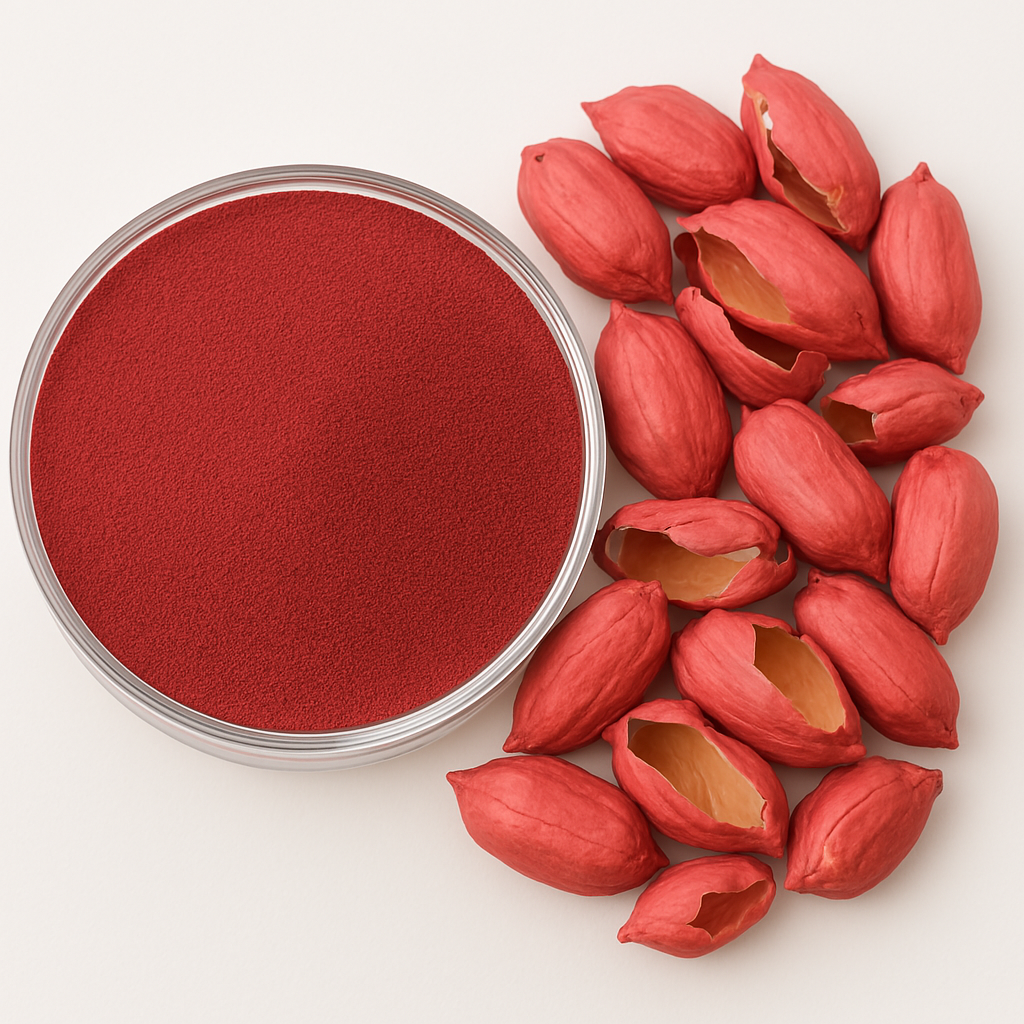
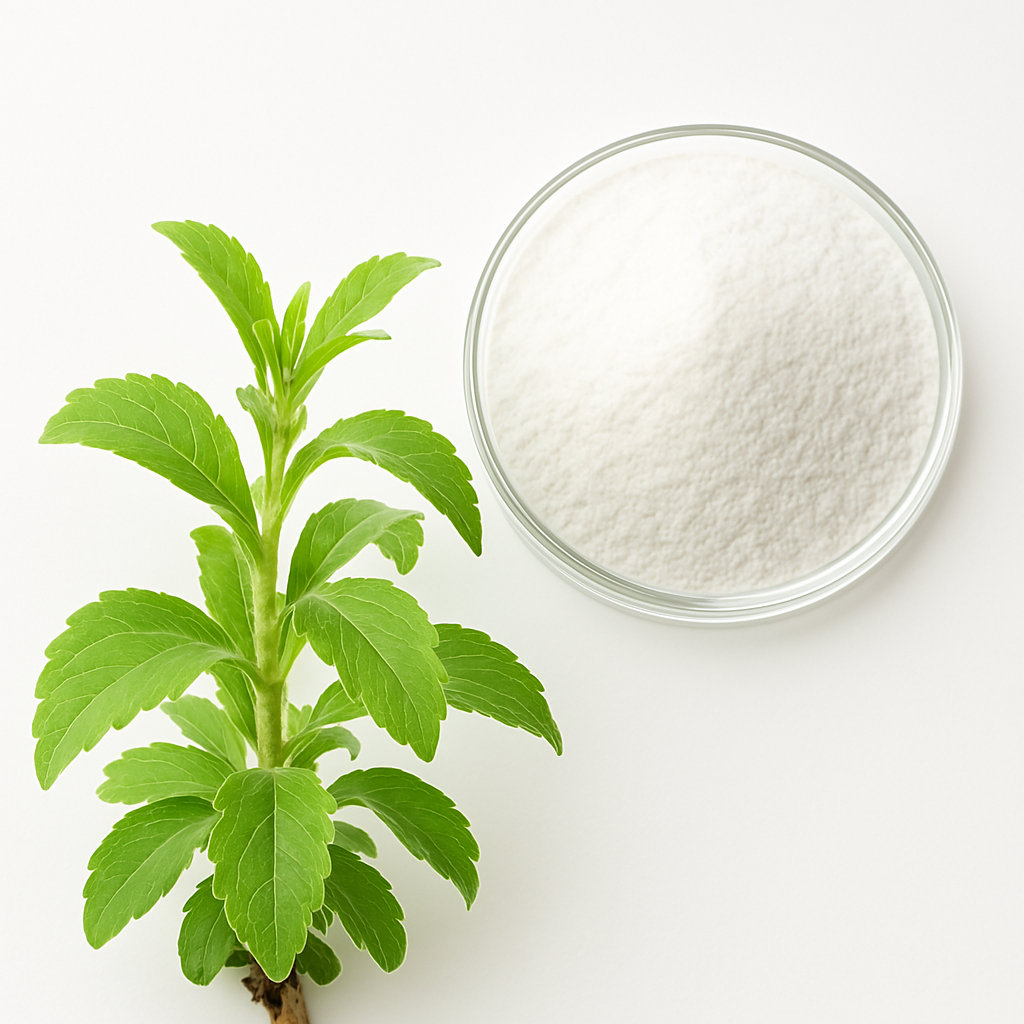

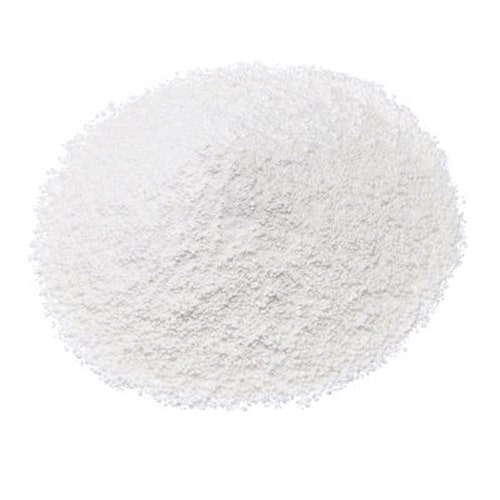
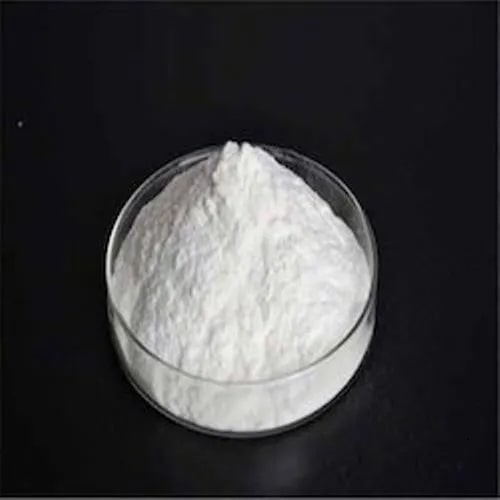












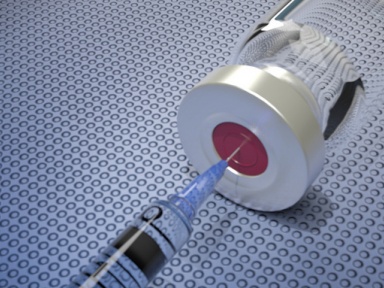





 Pharma Sources Insight January 2025
Pharma Sources Insight January 2025








